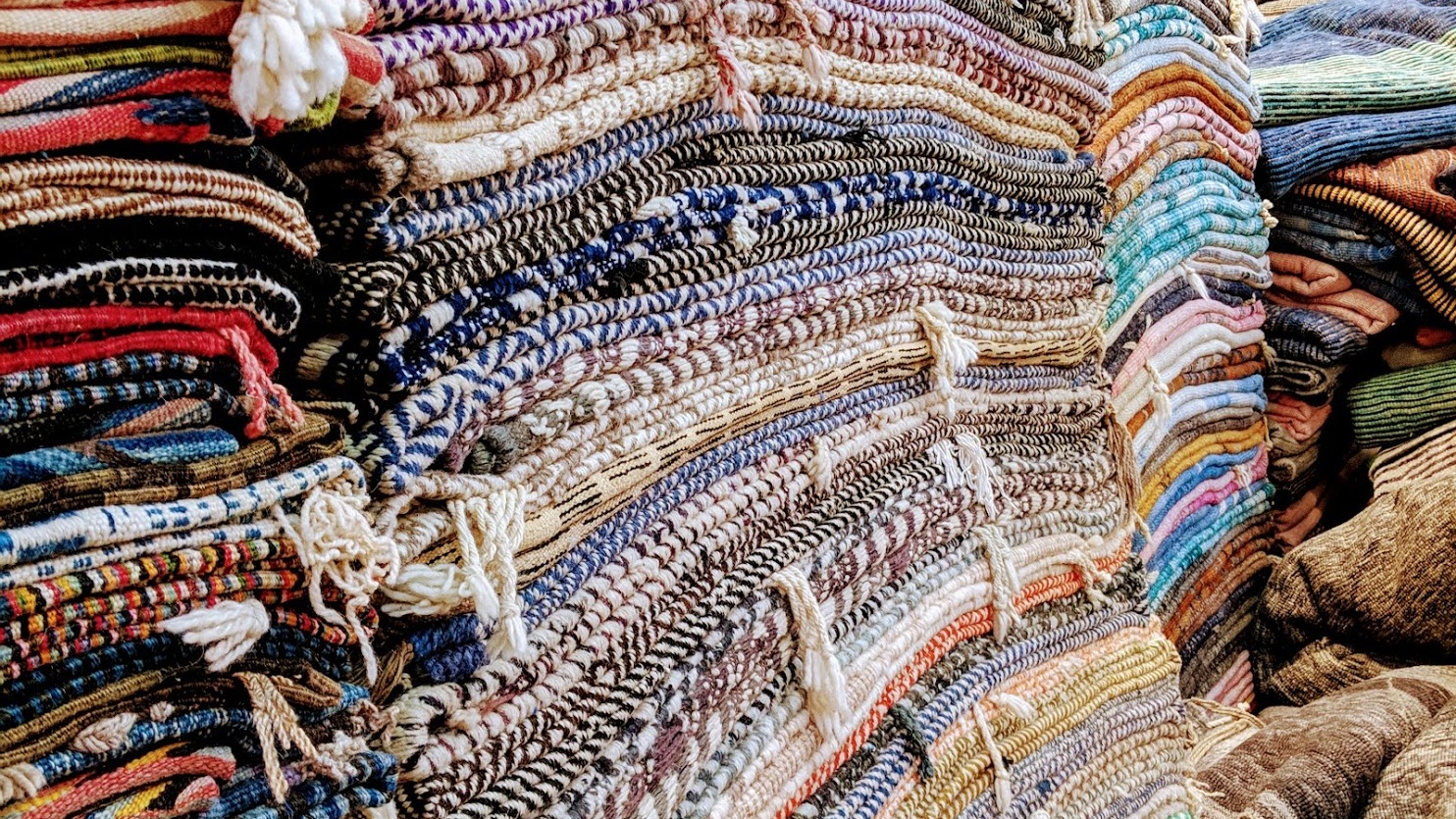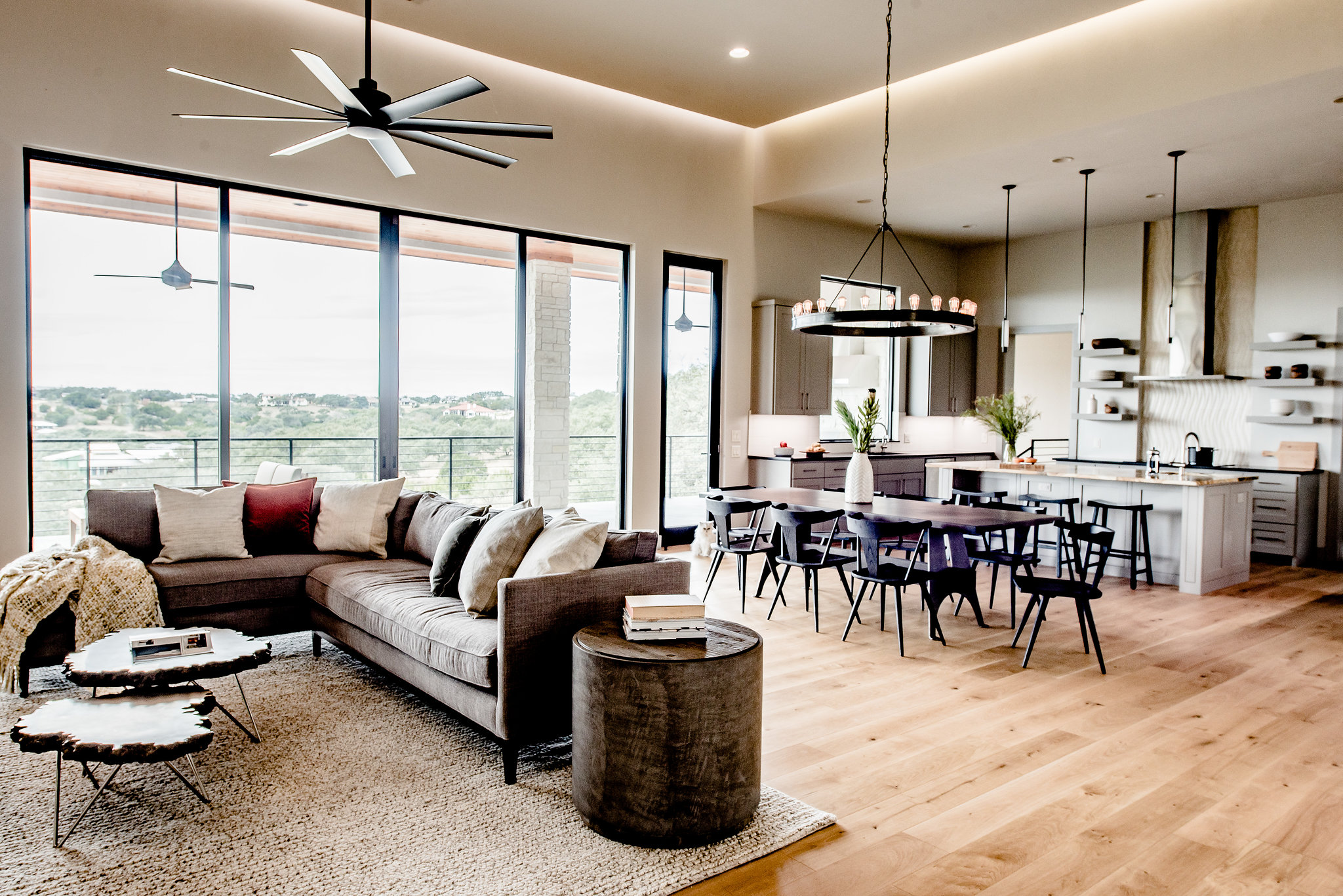These custom shelves are an example of elegant yet functional solutions we are providing through Finery (Shelf designed in conjunction with artisan Kyle Nutter, photo by Annie Bacon).
When working with clients I ask a lot of questions. Questions not only about what colors and textures make them feel good, but also about their lifestyle and the needs of their family. While there are basic requirements that are common to most modern day families, each is unique and has a more specific layer of needs. For example, do you frequently entertain? Do your kids play sports or musical instruments? Do they manage their own laundry and therefore need a “kids’ laundry room”? (you can only hope, right?). All of these considerations come into play. Tapping into your list of functional desires is a passion of mine. To learn more about my new Finery product line and how it evolved from this passion, check out the update at the bottom.
Whether you are remodeling or building a new home, think about special areas of functional importance. I have had clients fully deck out their mudrooms, making sure to have chargers for kids’ phones, cabinets for tennis racquets, and vented drawers for stinky shoes. Recently I designed a laundry room where the client planned a special area for an LG Styler – a built-in steam cabinet where you hang your clothes inside and they come out perfect (wow – who knew?). For me, I have a list of things I’d like for my next house. It includes:
An actual laundry ROOM rather than a laundry CLOSET. I love the idea of having a sink, an area to fold, and some cute canvas rolling hampers. Yes, I have specific ones in mind from a company called Steele (http://www.steelecanvas.com).
A mud area. It doesn’t have to be a specific room per se, but at least a counter or designated area where I can drop things. A place that isn’t my kitchen counter.
A kitchen that flows. I remodeled ours a few years ago to remove what was once a dead-end corner, and it made all the difference in the world for comfortable entertaining.
An organized closet. One that is well planned and has ‘a place for everything and everything in its place’. I often work with a local company called More Space Place (https://www.morespaceplaceaustin.com/). They offer all kinds of great accessories such as tie caddies, jewelry inserts, hampers – you name it! Plus they’ll work hand-in-hand with you to custom design your closet.
Lastly, I am hoping for a lap pool, but this doesn’t really count in my list of functional needs.
So my suggestion is, before you remodel or build, make a list of the things that are important to you and research what’s available to help you optimize function. There are new offerings on the market daily!
Regarding our Finery product line – We launched in October, and I hope you’ll check it out! The website is www.finerystudio.com and our tagline is “Beautiful Tools for a Finer Life”. We are currently in production with some luxury cabinet hardware (I designed it to solve some common hardware challenges, and most of it is made in the USA of 94% recycled materials), and I am also in development with some beautiful shelving units and hook wall systems for mudrooms, entryways, or anywhere else you desire lovely function. All products were designed by me, developed in conjunction with local artisans, and many are on display at the local Alexander Marchant showroom (1617 W. Koenig Lane). Come along on our journey toward beautiful functionality. If you’re on Instagram, follow us at finerystudio.

























